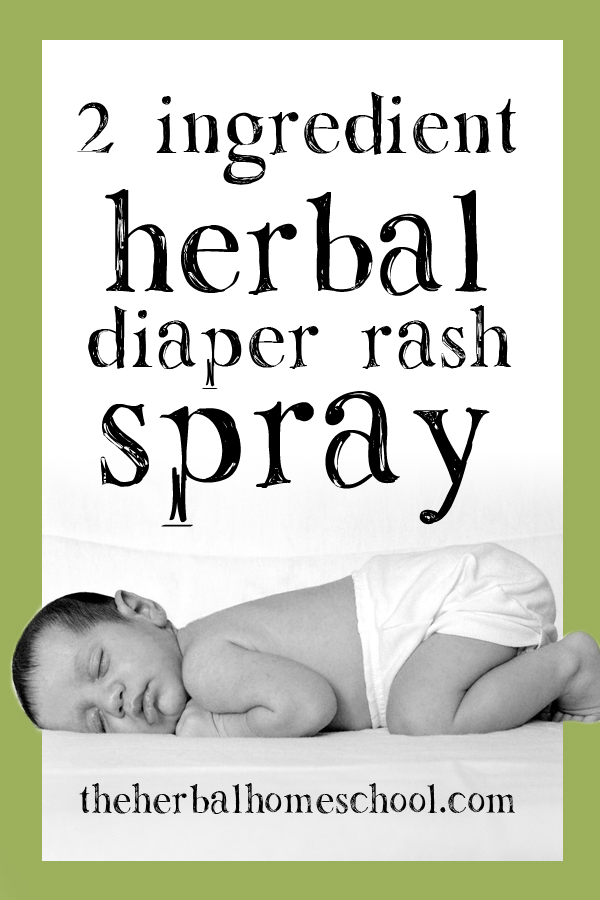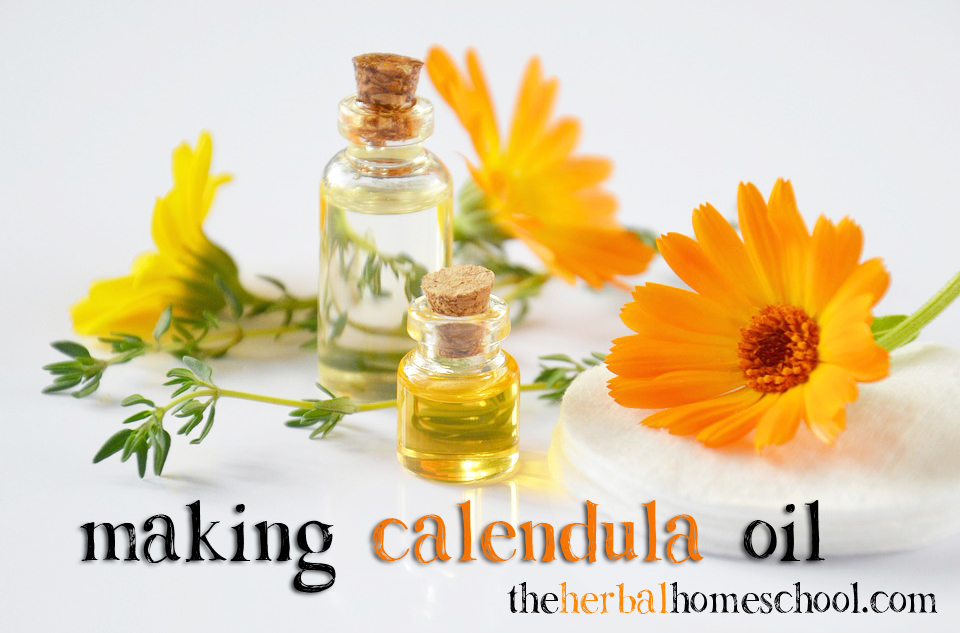Calendula: Benefits, Uses, Doses & More

First, What is it? Calendula (also known as a Pot Marigold) is an annual that gets its name from the fact that it tends to flower by the calendar, generally once a month from June through October. Many people grow calendula in their gardens as a decorative plant, but it’s flowers also have much to offer as a medicinal herb. It is widely used medicinally throughout Eastern Europe and Latin America. (Prescription for Herbal Healing)
Benefits of Calendula:
Why should you care? Because as I said in my post on diaper rash spray, Calendula is “an antibacterial, anti-inflammatory, and pain-killing agent for minor injuries and topical infections and irritation.” (PHH) It’s two primary uses seem to be as a topical skin treatment and as a treatment for bowel/digestive issues because it reduces inflammation & kills bacteria.
Calendula as an Anti-Bacterial:
Interestingly there are many studies that show that Calendula can fight different infection-causing bacteria including yeast, H. Pylori and, when used as a wash for skin issues, the Staphylococcus bacteria. I have found that using my Calendula & Chamomile diaper rash spray works great for preventing or curing infections in the diaper area, and from what I am learning I would strongly attribute that to the Calendula.
Calendula as an Anti- Inflammatory
As I mentioned above, Calendula is an anti-inflammatory. An “infusion of the flowers can be used for such gastro-intestinal problems as ulcers, stomach cramps, colitis, and diarrhea.” (The Herb Book) It reduces inflammation to sooth pain in bowel diseases. A study in Germany specifically proved that Calendula prevented a hormonal reaction that creates swelling and inflammation in the lining of the stomach. (PHH) I have also read of people using Calendula as a mouth and throat rinse to sooth inflammation causing a sore throat.
Calendula as a Topical Skin Treatment
As a skin treatment Calendula has been proven to have many uses and benefits. It is used in creams to fill in wrinkles by stimulating the production of collagen. It is commonly used in Europe as a treatment to prevent your skin from drying or being damaged by the sun. Just as calendula relieves inflammation when used internally, it can also sooth itching and pain when used externally on things like hemorrhoids and mastitis. It can also be used to stimulate the re-growth of tissue in cases of Pink Eye.
 As I said before I have used Calendula in my DIY diaper rash spray with fantastic results. You can check that out here.
As I said before I have used Calendula in my DIY diaper rash spray with fantastic results. You can check that out here.
I am currently working on making some calendula infused organic olive oil to use as a natural anti-biotic ointment for cuts, scrapes, etc. However, I am realizing that I really need something that is solid at room temperature to apply to skin wounds, so I will be looking into making an herbal antibiotic salve and sharing my process with you all soon.
Growing Calendula:
If you are using Calendula as a medicinal herb, make sure you only grow the variety C. officinalis and not just any random marigold. Plant in full sun, or if your summers are incredibly hot, partial sun. Calendula does not seem too picky about soil and need only an average amount of water. You can sow the seeds in either the late fall or early spring because they can handle frost. Before you do however, think VERY carefully about where you want a collection of calendula for the rest of your life because they self-sow very enthusiastically. Even for gardeners like me who tend to kill flowers, these guys are really hearty and sturdy. I sprinkled seeds in the ends of a couple of my raised beds a few years ago and now two years later I have a beautiful display of orange flowers smiling at me from the ends of my beds throughout the summer. I didn’t know this last year, but if your flower production starts to slow down, you can cut the plant back to encourage new growth and slowdown their tendency to go to seed.
Dosing Instructions
How do you use it? That’s a great question, and one I’ve been wondering myself as I learned more about the benefits of Calendula. John Lust in The Herb Book suggests creating an infusion using 1-2 tsp. of Calendula flower to 1/2 cup of water. Simply boil the water, steep for 5-10 minutes, and strain the herbs out. Personally I would let the infusion steep at least an hour, but I like knowing that my infusions are strong. John Lust suggests including 1 TBSP of infusion each hour in your treatment.
As a tincture, The Herb Book says that a dose is from 5-20 drops. Check out my post on making tinctures to learn how to make your own.
Many people have suggested using Calendula in an oil to treat cuts, scrapes, skin infections, etc. I’ve included directions for making Calendula oil in my recipes below.
This is as good a place as any to note that this is NOT medical advice, and I am NOT an expert, I am just sharing what I have learned & it’s up to you to responsibly take care of your family’s health.
Using Calendula: Recipe for Calendula Oil

JJ Pursell from The Herbal Apothecary suggests using Calendula to make an all-purpose antibacterial oil for cuts, wounds, etc. I’ve included simple directions for making an infused oil below. . .
- Simply add 1 oz. dried calendula to a mason jar.
- Pour approximately 16 oz. of olive oil over the herbs to the neck of the jar.
- Attach the lid tightly and place the whole jar in a paper bag to raise the temperature a bit.
- Leave your project in a warm place & shake it multiple times a day for the first 2 weeks. The sink window sill or the kitchen table is a logical place for this unless you have a baby that likes crinkly things like I do and would probably destroy it somehow.
- After 2 weeks strain the oil into another jar, let it sit a few more days, and strain it again through a cheesecloth to get all the little particles of herbs out.
- Store it in a jar away from light.
Your fellow life-long learner and aspiring crazy herb lady,
Alissa
